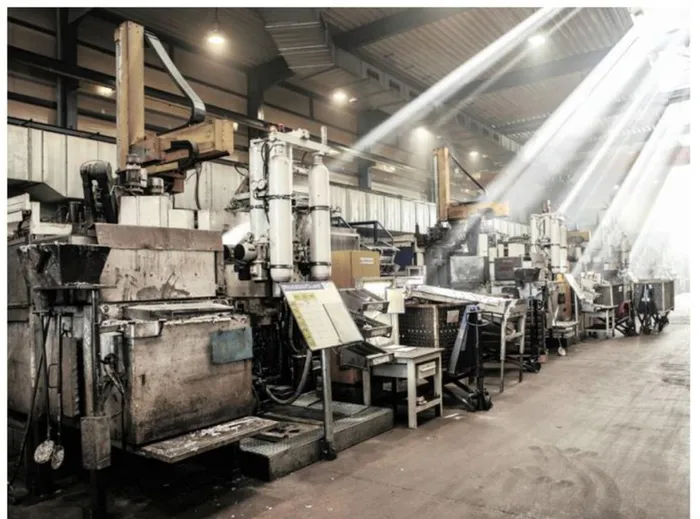Challenge in reopening shuttered plants

They must remain vigilant about the risk environment in order to identify unknown problems which might have occurred during closure, as well as to mitigate losses that might occur as a result of reopening, says Stephen Clark, global technical and expertise manager for property risk consulting at Allianz Global Corporate & Specialty.
“Restoring operations at a facility that has been idle or vacant presents another set of challenges, particularly to manufacturing plants with hazardous equipment or processes.
“For example, fuel-fired equipment may need to be restarted, which creates an additional risk of fires and explosions. There may be a reduction in workforce available to operate and maintain production equipment safely or to respond to emergencies. Also, lapses in maintenance of buildings, equipment and fire protection systems may create hazardous conditions.”
Businesses should pay particular attention to the condition of electrical equipment and installations, as 20% to 30% of AGCS fire claims are related to these. Insurers have also seen a number of claims after fires resulting from technical defects or operational error after machinery has been restarted or cleaned in preparation for reopening of facilities, Clark says.
Restore site security A thorough inspection of the site, including all buildings and equipment, should be done to detect and correct any unsafe or abnormal conditions, such as damage, maintenance issues, improper housekeeping and signs of vandalism.
Businesses should also complete and reinstate any inspection, testing and maintenance procedures that might have lapsed since the shutdown.
“When restarting idle machinery, operators should follow standard operating procedures and manufacturer guidelines for bringing shut-down equipment or processes back online.”
Fire risk of disinfectants In addition, facilities introducing alcohol-based (flammable) disinfectants, such as hand sanitisers, should implement fire safety precautions, including keeping them away from ignition sources; encouraging employees to rub their hands dry to allow vapours to safely dissipate; disposing of all waste rags in approved, closed containers,and storing flammables correctly, says Clark.
Related Topics: